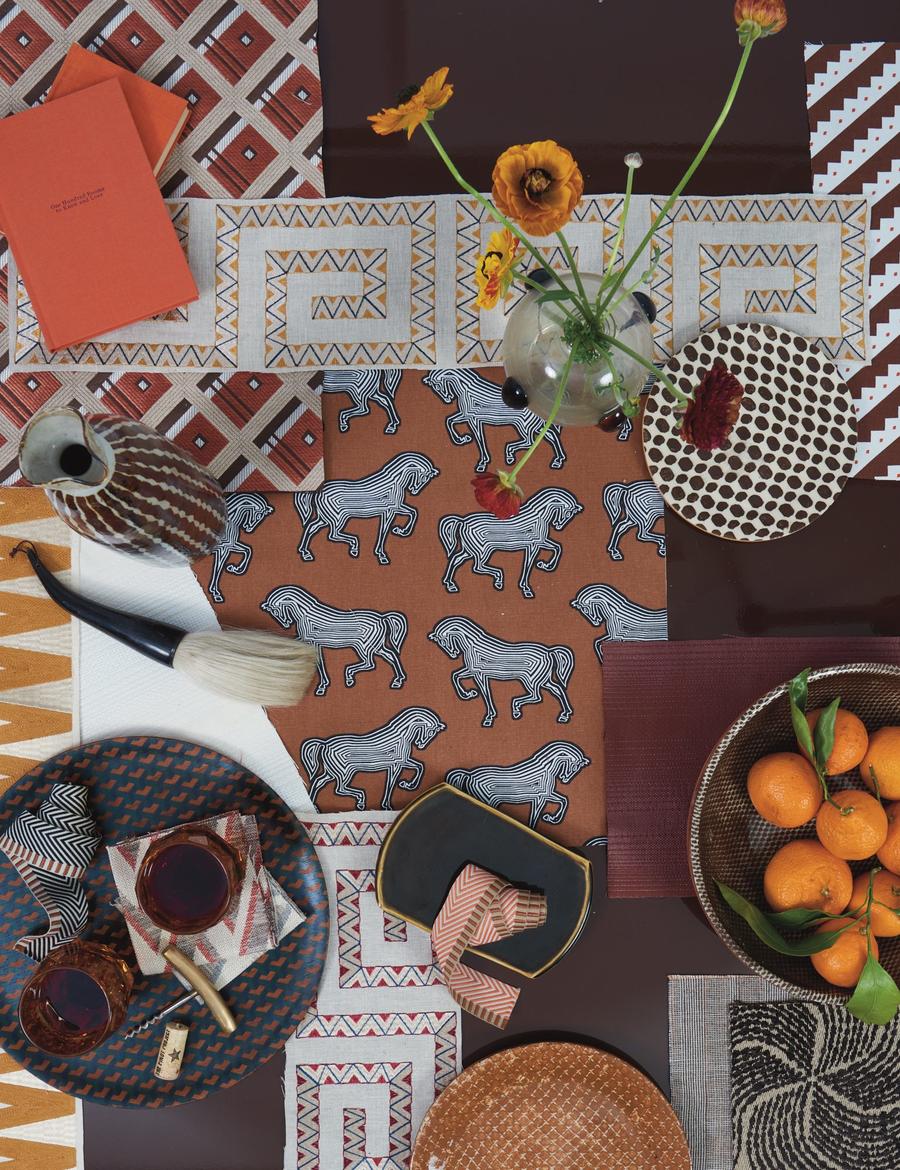If everyone agrees that there’s too much fabric on the market, then why are so many brands rushing to make more of it? We explore who's launching new collections—and when and why—in search of a unified theory of newness.
Get weird with me for a second: What exactly does new mean? It’s a word—a concept, really—we use so frequently in our daily lives that even asking the question seems silly. New is just new. A new car, that’s new. A new haircut, also new. January 1st? Happy New Year.
But when you start probing the idea a little, new gets confusing. You’re likely familiar with the experience of an antique dealer drawing your attention to a 300-year-old piece of furniture by saying, “This is new.” Sure. When it was assembled, stained and polished in an 18th-century workshop, it was new. Then, when it was purchased and placed in the home of an aristocrat, it was His Lordship’s new chair. Three centuries later, when your dealer bought it in Paris, marked it up 200 percent and placed it in his shop for the first time, once again, it was new. And when you buy it, you ask your friends, “Don’t you love my new chair?” New is relative.


BOH subscribers and BOH Insiders.









































